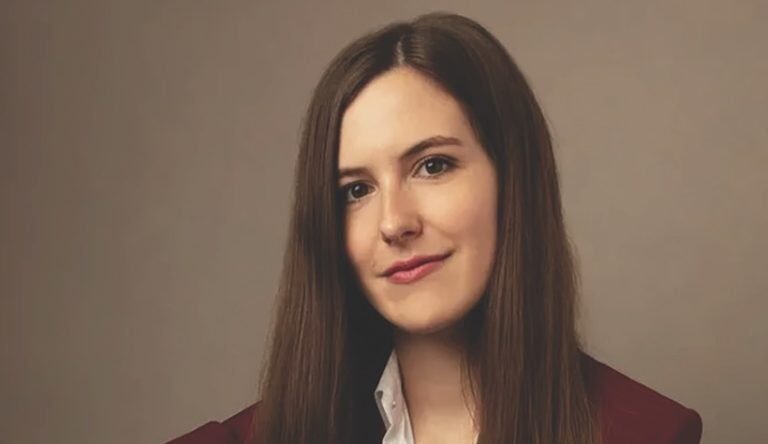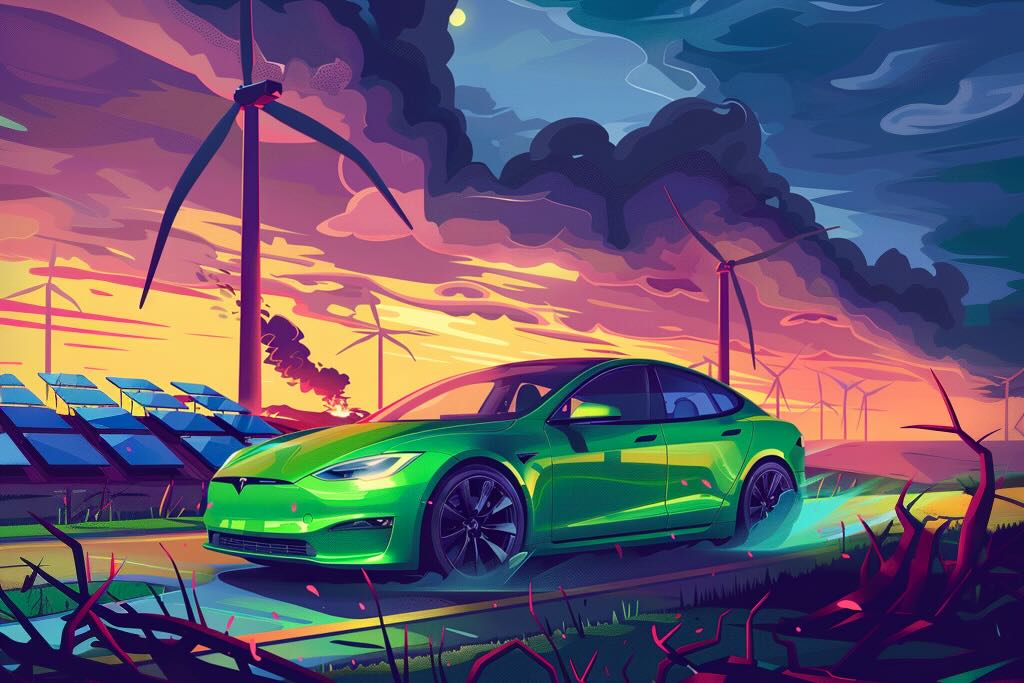The pandemic has catalyzed a shift in consumer behavior, giving rise to what’s now termed the “introvert economy.” This shift sees consumers increasingly favoring the comfort of their homes over traditional social outings—a trend with significant implications for businesses across industries.
Consumers are choosing to go out earlier, if at all, to then enjoy the comforts of home and connected entertainment, such as catching up on favorite Netflix shows. Consumers are also becoming more risk-averse in social settings, choosing screens over face-to-face engagements, especially when it comes to talking to strangers. This is also creating a consumer that’s increasingly single and lonelier.

A January article in Bloomberg, by economist Allison Schrager, was titled “The Introverts Have Taken Over the U.S. Economy.” In it, Schrager highlights a marked shift in consumer preferences from late-night dining to early-evening reservations, underscoring the growing influence of introverted behaviors. Such changes, spotlighted by Schrager, signal a deeper transformation in consumer habits and norms post-pandemic, representing an ongoing shift that requires understanding and further study.
What does this mean for businesses? Consumer-facing industries such as entertainment, hospitality, and personal tech will have to find new ways to meet people where they are (which might be their bedrooms). Offerings might include restaurant quiet hours, or virtual cooking lessons that give the benefits of collaboration in a less-intimidating setting. Hospitality companies might show more tolerance, and even encouragement, for people to use their devices—including to pay restaurant bills.
But before we dig deeper into how to respond to these changes in society, let’s examine how we got here.
What Early Dining Says About Societal Change
The Bureau of Labor Statistics recently reported that people under 50 are increasingly frequenting bars and eateries earlier, a trend that started before the 2020 pandemic.
Schrager points to New York as an example of noteworthy shifts in dining behavior. Typically, 8 pm or later was considered the desirable time for dinner reservations. But according to Resy, a hospitality platform for restaurants, 5 p.m. is the new 8 p.m.

Resy data shows that since the pandemic, reservations across New York City made at 5:30 p.m. have jumped from an average of 7.75% over the past two years to 8.31% in the last six months. Meanwhile, 8 p.m. reservations have fallen to 7.8% of total dinner reservations in the city, down from 8.31%.
While a change of about 7.2% may not seem huge, it’s in sync with other sources. Yelp Data found that, in 2023, 10% of all diners were seated between 2 and 5 p.m., which doubled from 5% compared to the same period in 2019. Simultaneously, 10% fewer reservations were made between 6 p.m. and midnight.
These shifts are enough to make some restaurateurs pay attention.
Danny Meyer is the founder of Union Square Hospitality Group and Shake Shack. In a recent post on X, Meyer asked, “When did a 6:00 dinner reservation become the new 8:00, most prized table of the night—and will it last?”
Meyer also shared his theories behind the shift. He pondered whether working from home contributed to social isolation. “That’s why restaurant bars and seats are filling up ever earlier,” he observed on X.
Meyer also acknowledged the new reality, that consumers have more entertainment and content than ever waiting for them back home. “Dine early, home earlier,” he said.
In response to Meyer, founder of Hint Water, Kara Goldin, also observed that more and more restaurants in San Francisco and Marin County in California, are closing earlier. “…so many restaurants close the kitchen at 8 and 9,” she shared.
I have first-hand experience with Goldin’s point. I was dining out recently in Orange County, Calif., and our waiter informed us that the kitchen was taking its last call at 8 p.m.
Jeffery Bank, CEO of Alicart Restaurant Group, shared with Marketplace that his restaurants are extremely busy between 4 and 6 p.m. “I do think you’re seeing a cultural shift, and I think that started with the pandemic,” he said. “People are just trying to enjoy themselves, I think, differently.”
The Pandemic Has Shifted Social Activities Earlier
During the pandemic, it was common for networking events, wine tastings, celebrations, and happy hours to be conducted online, during the workday, for long enough that it further shifted the trajectory of our social behaviors and norms. People learned to interact earlier.
“Afternoon parties have 100 % taken off since the pandemic,” Min Brown, a sales manager for the corporate event planning group Yaymaker, shared with the New York Times.
These new digital-first activities would leave people ready to unwind at home, as opposed to going out afterward.
Schrager also observed that, although going out on weekends spiked in 2022, it appears that, since then, fewer people are choosing to socialize on weekends than did in the past.
Instead, according to the U.S. Bureau of Labor Statistics, they’re opting for in-home activities such as watching TV or playing video games.
Seeking Safety at Home
The shifts in social norms go beyond dining and weekend planning.
Last year, Date Psychology published findings that corroborate evolving “introverted” behaviors. The article cites a representative sample from the Centers for Disease Control and Prevention (CDC) that found younger singles, particularly those who are part of Generation Z, are becoming increasingly more risk-averse.
A 2021 sample from the CDC study also found teens are using drugs less, drinking less, having less sex, and attending fewer in-person parties or gatherings, which is also leading to increased loneliness.
When it comes to dating, for instance, they’re less likely to approach strangers in real life to interact or attempt to date.
Psychologist Andrew Thomas recently conducted a poll and asked on X, “have you ever felt a profound and enduring state of unhappiness, uneasiness, and discontent about your singlehood?”
More than half of men (55.1%) and just under half of women (44.9%) responded yes.
The introvert economy and digital-first engagement could be perpetuating the situation. If you don’t talk to people IRL (in real life), then you either depend on others to talk to you in person or lean on apps to solve your craving for interpersonal connections.
But Thomas’ approach spotlights this important shift in introverted or risk-averse behaviors. They contribute to the rise and impact of the new realities of unwanted singlehood. This results in developing the unintended emotions that arise from being excluded from relationships, even if their behaviors contribute to this state.
These trends and more could have staying power.
Digital Introverts Unite as a Generation of Connected Consumers
These observed “introverted” behavioral patterns may have accelerated during the stay-at-home days of COVID-19, but their evolution dates back years.
Well before 2020, my research into digital consumerism explored how social media, mobile devices, and on-demand apps were already nurturing digital-first behaviors and keeping people engaged on their screens at the cost of IRL interactions.
I referred to this emerging group of digital-first consumers as its own psychographic, “Generation-Connected” or Gen-C. This group was not organized by dates of birth but by shared digitally influenced behaviors, interests, values, and norms.
Living a digital-first lifestyle offered newfound conveniences and empowered consumers to take control of their own life narratives and experiences. Need a ride somewhere? There’s an app for that. Don’t want to go to your favorite restaurant but still craving that meal? There’s an app for that. Need groceries or supplies or electronics delivered within the hour? There’s an app for that. Want to find a date? You guessed it. There’s an app for that.
Nowadays, consumers have anything and everything they may want, all within reach.
These connected consumers intuitively turn to e-commerce and social commerce. They move faster. They are becoming less and less patient with digital-first convenience services such as ride-sharing, food delivery, curbside pickup, dating, and even the drone delivery services that are ramping up to serve them.
Observing these shifting digital-first activities gave way to what I described as “digital introverts.” Digital introversion wasn’t literal in its interpretation. It was a way of making these behavioral shifts relatable in a more general sense.
The Move to a Screen-First Lifestyle
In my work over the years, I described how screen time, transacting in the sharing and on-demand economies, and exposure to online cultures and norms influenced screen-first actions. This was important to understanding cultural trends and documenting the differences in digital and traditional influence, decision-making, and outcomes.
For example, with Gen-C, it’s quite common to see people in social settings, at dinner, at live events, walking, and physically sharing space with others while immersed in their mobile devices. Anyone following the release of Apple’s Vision Pro spatial computing headset is already witnessing what “next” looks like.
While I recognized Gen-C as digital- or mobile-first, their behaviors are simply native and intuitive. Digital is just a way of life, and with it comes new behaviors, expectations, norms, and aspirations.
Because these behaviors are second nature, introversion became a function of efficiency and, perhaps, common sense.
We can all relate in many cases. Think about these scenarios for a moment.
Do you ask for help or read instructions for a new purchase, or do you watch a YouTube video to learn how to use or perform something?
When in a store, do you flag a representative to learn more about a product, or do you first look it up on your phone?
Have you ever broken up with or been broken up with by a text message?
Have you ghosted or ever been ghosted by someone in messaging?
Do you opt to date via apps instead of approaching someone in person?
Have you ever said something to someone online you’d never say to their face?
In many cases, doing something online is easier or more efficient than IRL. Digital introverts have become skilled at optimizing their decision-making and action-taking processes by first consulting and navigating their screens. This may have come at the cost of societal skills to interact and communicate with others in the way previous generations navigated the world.
For better or worse, this is a new reality. Over time, these shifts will only develop into larger societal trends.
“Introversion” and Awareness May Be a Result of Growing Screen Time
When I published my book, Lifescale, I studied the effects of screen time and digital-first behaviors. I found an astonishing series of effects that made users more conscious, self-conscious, and introverted, without realizing it.
Their behaviors weren’t just changing due to using new devices or apps; they were evolving because they were introduced to new realities IRL and new possibilities on screen. Because of the reality of what these new worlds look like—and how they influence values—they were exposed to new norms and aspirations, too.
Everything has changed and is still changing. The people you follow and interact with online and the new things you do and experience introduce distinct customs, ways, and habits. Over time, they reshape traditional conventions resulting in ever-shifting standards for what normal looks like.
New Opportunities and Challenges for Companies
The introvert economy is an emergent shift that’s worth paying attention to. And like all economies, it’s evolving. Consumer behaviors are evolving, too. Added up, the introvert economy signifies new market opportunities and potential threats. Those paying attention will better understand where to make changes, experiment, and learn.
Companies—especially those in entertainment, hospitality, technology, and consumer goods—can add value in key moments of truth by offering products and services that support engagement, well-being, and meaningful experiences that make going out matter.
I call this an “ignite moment”—a moment when consumer engagement is intentional and in the experience, someone feels special, heard, recognized, or satisfied. With consumers becoming more conscious of their needs and priorities, businesses will benefit by creating products and services designed for them. It’s these thoughtful touches that make going out, meeting someone, shopping, etc., become more meaningful and desirable.
Added up, the introvert economy represents customers and employees who are experiencing changes from previous norms. No one has this figured out. No one knows how these shifts will play out. But if you’re willing to pay attention, to understand the people on the other side of a reservation, potential date, social gathering, or purchase, you can shift your perspective. In doing so, you will identify new opportunities to improve service and experience in these “ignite moments.”
How to Create New Experiences and Convenience
Assess current products, services, and experiences from the perspective of these “introverted” customers, with the intention of introducing more introvert-friendly technology, services, and spaces.
For example, promote earlier specials that offer exclusivity for introverted consumers, like “quiet hours” or chef-curated experiences during earlier hours, or low-key entertainment experiences. Create solo or private spaces that allow people to experience your space while also engaging with their devices. Experiment with lower lighting and noise-canceling materials.
Innovate in digital platforms and partnerships to create new engagement opportunities. For example, mobile apps in stores or in restaurants that allow for collaborative commerce are gaining traction. Beyond promoting QR code menus, launch an app to let people order and pay from their devices between server visits.
Self-service becomes key. Launching a chatbot or knowledge base isn’t enough. ChatGPT and generative AI are teaching all consumers that they can control their experiences. Explore ways to put consumers in front of their experiences, end-to-end. This reduces unnecessary social interaction and the potential anxiety that goes along with it.
Reimagine virtual events and co-hosted experiences. New engagement opportunities could bridge the gap between online and offline interactions. For example, consider chef-hosted virtual experiences that teach consumers unique cooking methods in the comfort of their homes. Connect shoppers to experts who can help them navigate style, entertainment, beauty, or technology trends. Engage consumers by placing bartenders and sommeliers as hosts in virtual wine or cocktail classes and experiences.
Foster an inclusive community. Hosting workshops, social clubs, or community service events can offer alternative ways for people to connect and support each other, to counter the effects of increased isolation or celebrate shared interests in what pulls them back home. For example, introvert hours during off-peak times, curated menus, props, solo experiences that include games or entertainment, can make people like they’re home.
Even if you’re not part of the introvert economy, understanding them and how these consumers evolve is how you gain understanding and empathy to better serve and engage them. Monitor trends. Stay informed about evolving consumer preferences and societal trends.
As society continues to navigate these changes, the ability to adapt and innovate in response to shifting consumer behaviors will be crucial for businesses looking to thrive in the evolving landscape.















